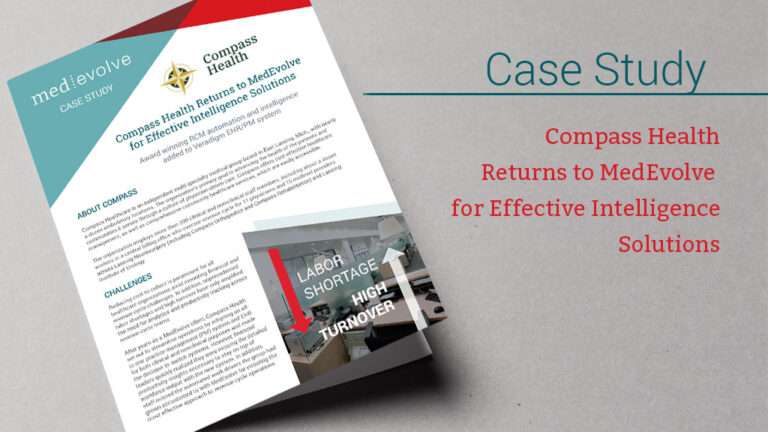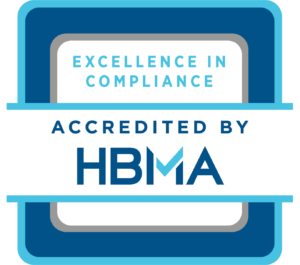Definition & Objectives
Eligibility verification is the process of confirming a patient’s insurance coverage and determining their eligibility for specific healthcare services. It is an essential step in the revenue cycle of healthcare providers to ensure accurate billing and reimbursement. Eligibility verification typically occurs during the patient registration process or before a scheduled appointment or procedure.
Key Components
Insurance Coverage Verification
Healthcare providers collect information about the patient’s insurance coverage, including the name of the insurance company, policy or group number, and any associated identification numbers. This information is used to verify the patient’s insurance coverage and benefits.
Coverage and Benefits Verification
Providers contact the patient’s insurance company or use electronic systems to verify the coverage and benefits provided by the insurance plan. They confirm details such as the effective dates of the policy, the type of plan (e.g., HMO, PPO), and any limitations or exclusions that may impact the patient’s eligibility for specific services.
Eligibility for Specific Services
Healthcare providers verify whether the patient’s insurance plan covers the specific services they are seeking. This may include consultations, diagnostic tests, procedures, surgeries, or other treatments. The verification process ensures that the requested services are within the coverage scope of the patient’s insurance plan.
Pre-authorization Requirements
Some insurance plans require pre-authorization or pre-certification for certain services. Healthcare providers check if pre-authorization is necessary for the services the patient needs and initiate the authorization process if required. This helps ensure that the services will be covered by the insurance plan and prevent claim denials or delays.
Patient Financial Responsibilities
During eligibility verification, providers also determine the patient’s financial responsibilities, such as deductibles, co-payments, or co-insurance. They inform the patient about any out-of-pocket costs they may be responsible for and explain the payment arrangements or options available.
Communication with Patients
If any issues or discrepancies arise during the eligibility verification process, healthcare providers communicate with the patient to resolve them. This may involve updating or correcting insurance information, discussing alternative payment options, or explaining any potential limitations or restrictions imposed by the insurance plan.
The primary objectives of eligibility verification are to ensure that the patient has valid and active insurance coverage, determine the scope of coverage for the requested services, and inform the patient about their financial responsibilities. By verifying eligibility upfront, healthcare providers can minimize claim denials, improve revenue cycle efficiency, and enhance the patient’s understanding of their insurance coverage and associated costs.









